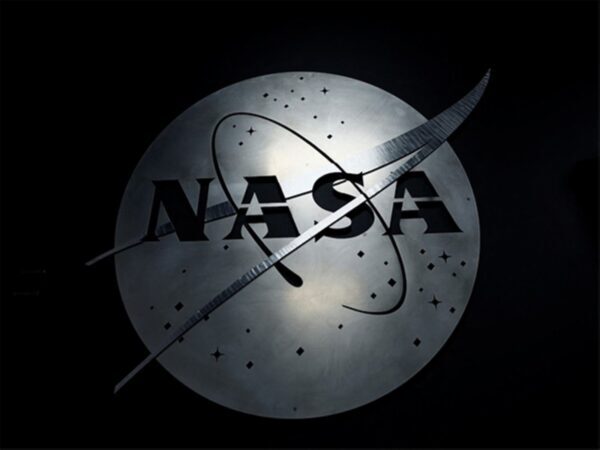
NASA Rover Detects Electrical Discharges ‘Mini-Lightning’ On Mars
NASA’s Perseverance rover has obtained evidence that the atmosphere of Mars is electrically active, detecting electrical discharges – what one scientist called “mini-lightning” – often associated with whirlwinds called dust devils that regularly saunter over the planet’s surface.
The six-wheeled rover, exploring Mars since 2021 at a locale called Jezero Crater in its northern hemisphere, picked up these electrical discharges in audio and electromagnetic recordings made by its SuperCam remote-sensing instrument, researchers said.
It is the first documentation of electrical activity in the thin Martian atmosphere.
“These discharges represent a major discovery, with direct implications for Martian atmospheric chemistry, climate, habitability and the future of robotic and human exploration,” said planetary scientist Baptiste Chide of the Institute for Research in Astrophysics and Planetology in France, lead author of the study published on Wednesday in the journal Nature.
“The electrical charges required for these discharges are likely to influence dust transport on Mars, a process fundamental to the planet’s climate and one that remains poorly understood. What’s more, these electrostatic discharges could pose a risk to the electronic equipment of current robotic missions – and even a hazard for astronauts who one day will explore the Red Planet,” Chide said.
Mars joins Earth, Saturn and Jupiter as planets known to have atmospheric electrical activity. Though not yet documented, other worlds in our solar system also may have this feature including the planets Venus and Uranus and Saturn’s moon Titan, according to the researchers. (ANI/WAM)



